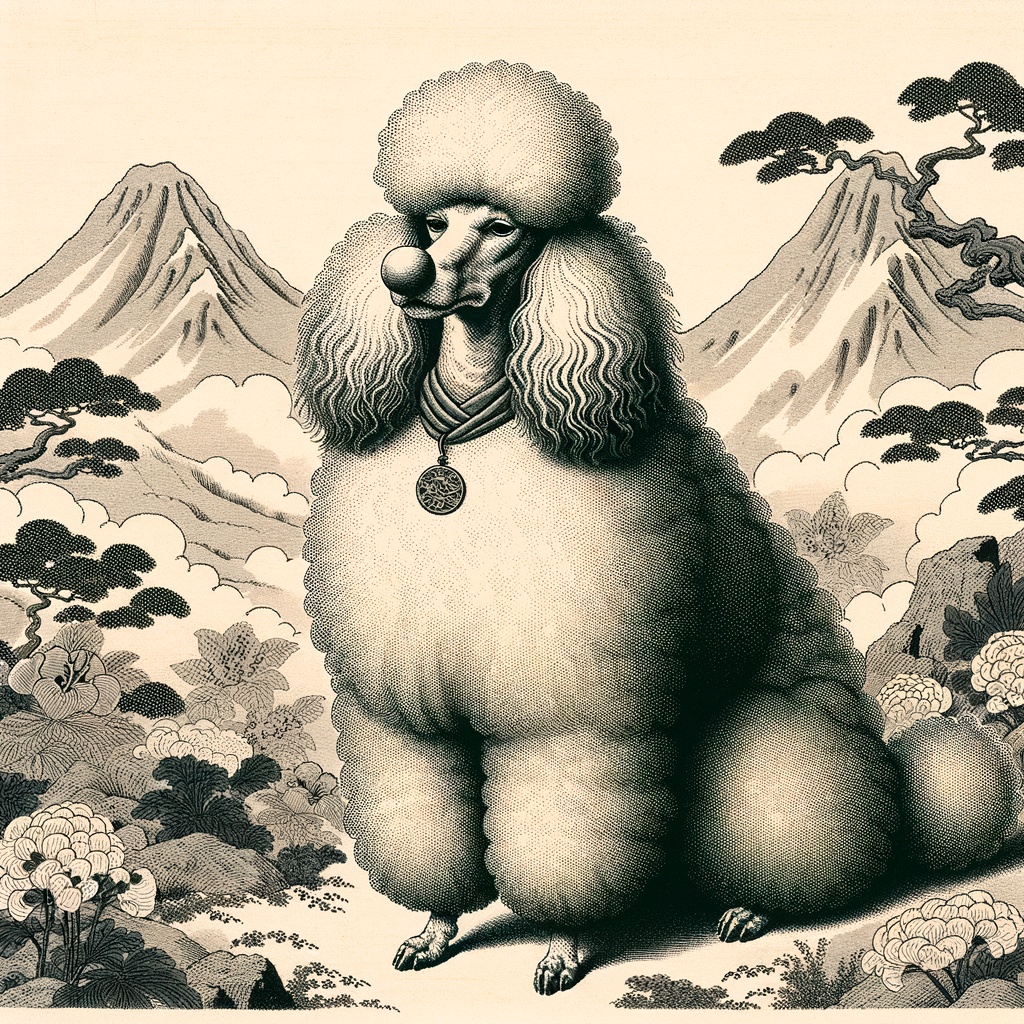
When relaxing in their spare time at home, some people knit or do needlecraft. Some folks watch TV, some cook or bake, some paint, and some surf the Internet.
Dog people may do all of the above, but they might also study pedigrees, read up on their breed’s history, or browse through dog books.
We are guilty of all of the above, but it was while browsing through an old dog book that we came across a term unfamiliar to us: Putty nose.
Now we were acquainted with dudley noses, split noses, rose noses, butterfly noses and flesh noses. Add noses that are smudge, snow, spotted, Aquiline or roman, ram-like, cherry and self colored, and we thought we had seen it all.
Au Contraire.
A “putty nose,” as it turns out, is basically a dudley nose, which is to say that it is a flesh colored or poorly pigmented nose – and it is a common fault in some breed standards.
Vintage dog books – where some of the best descriptions of our breeds can be found – don’t always elucidate the terminology that is used. More’s the pity. On the other hand, a “putty nose” should be self explanatory. While poften composed of materials like linseed oil, chalk, and/or limestone, and that makes the common color of putty beige or a light brownish pink.
Image: This is an Ukiyo-e artistic image generated by an Artificial Intelligence (AI) system via Shutterstock AI Generator
